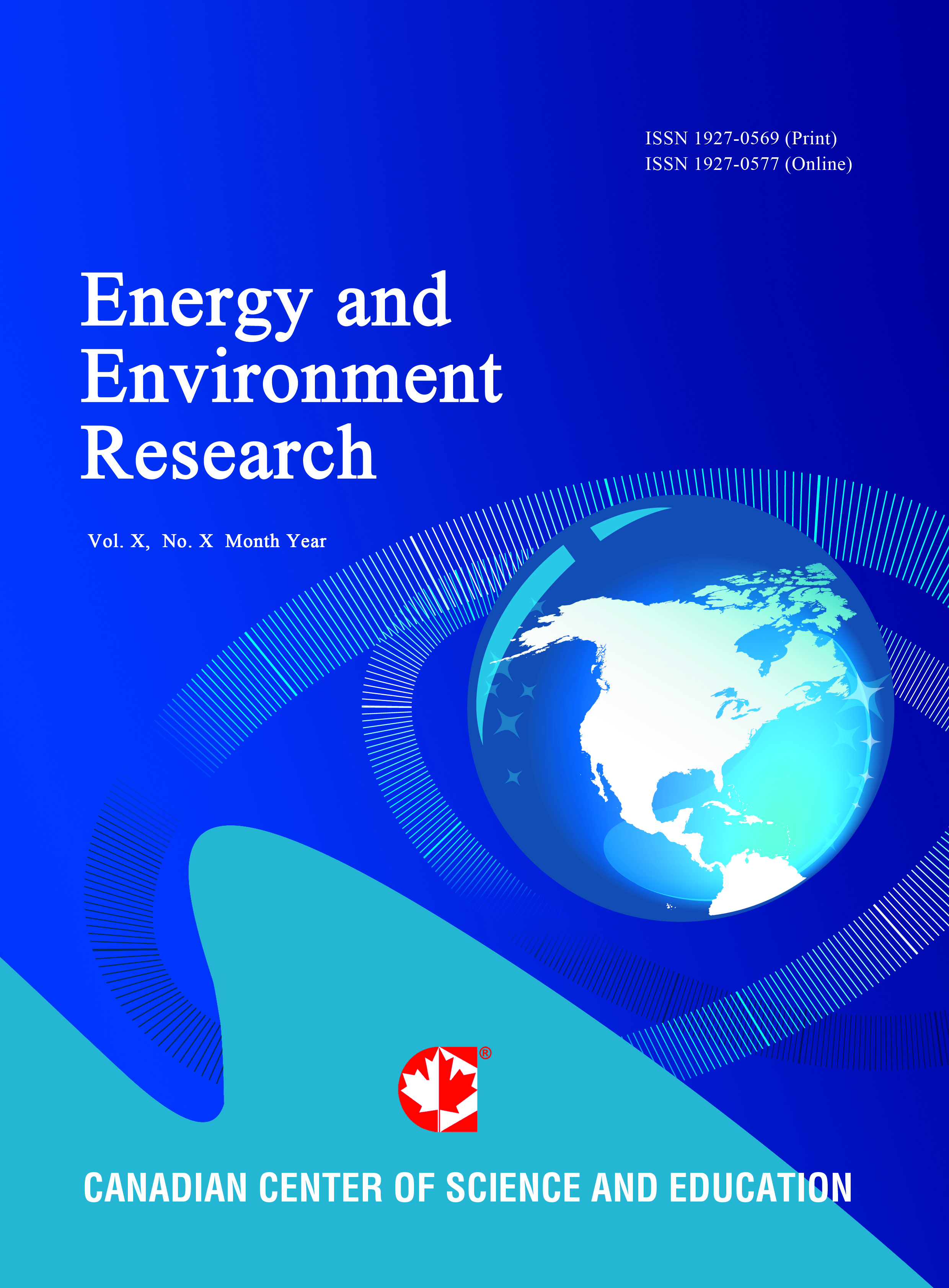A Study of Energy Conservation Policies at (Primary) Eco-Schools in Istanbul
- Kutlu Sevinc Kayihan
- Seda Tönük
Abstract
Approximately 50% of the energy produced on earth is used by buildings. As for all building types, ensuring the energy conservation in primary school buildings is important in many ways. In addition to environmental and economic benefits, the systematic application of sustainable energy consumption in primary school buildings also makes a positive contribution to the education of future generations. The “Eco-Schools International Programme” aims to introduce environmental management systems into primary schools within the scope of ISO 14001/EMAS.
This study examines primary schools in Istanbul that are part of the Eco-Schools International Programme. A questionnaire-based survey was administered on the theme of energy management within primary schools located in Istanbul city, and the findings of a field observation were examined. Questionnaire findings were categorized under three main themes: energy usage and conservation policies at the eco-schools’ buildings’ envelope, energy usage and conservation policies in the indoor environments of eco-schools; and types of energy sources used at eco-schools. According to the main results of the study; solar control elements on the facades, methods aimed at energy conservation from windows, energy-effective woodwork applications and independent control of energy systems (which are used in a small proportion of eco-schools) should be discussed and integrated in all eco-school buildings. It is seen that natural gas is used by 100% of survey respondents and that renewable energy resources are used only at low levels for testing purposes and/or to make small contributions to energy gain. In this context, expanded use of renewable energies at all the eco-schools should be considered.
- Full Text:
 PDF
PDF
- DOI:10.5539/eer.v3n2p7
Journal Metrics
(The data was calculated based on Google Scholar Citations)
h-index (July 2022): 19
i10-index (July 2022): 53
h5-index (July 2022): N/A
h5-median(July 2022): N/A
Index
- BASE (Bielefeld Academic Search Engine)
- CiteFactor
- CNKI Scholar
- Elektronische Zeitschriftenbibliothek (EZB)
- Excellence in Research for Australia (ERA)
- Genamics JournalSeek
- Google Scholar
- NewJour
- Norwegian Centre for Research Data (NSD)
- PKP Open Archives Harvester
- Publons
- ROAD
- SHERPA/RoMEO
- Standard Periodical Directory
- Ulrich's
- Universe Digital Library
- WorldCat
Contact
- Lesley LuoEditorial Assistant
- eer@ccsenet.org
